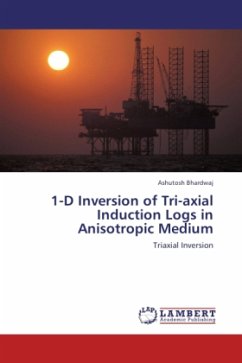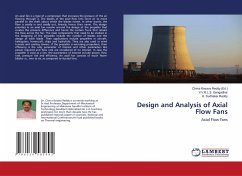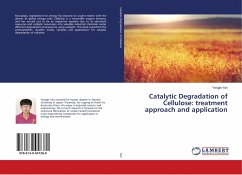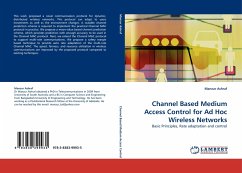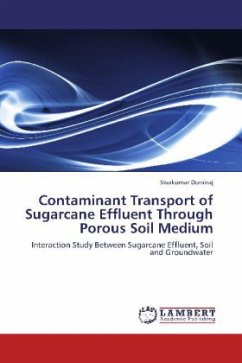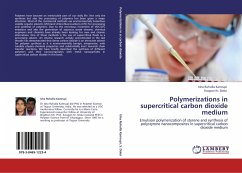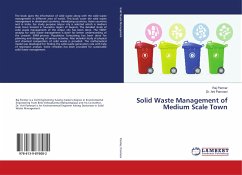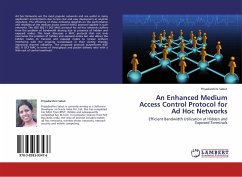In this project we have developed a parametric inversion algorithm to simultaneously determine the horizontal conductivities, vertical conductivities, bed boundary positions and dip angle from tri-axial induction logging data in anisotropic layered media. The inversion algorithm was first solved in an infinite homogeneous medium to obtain a good initial-guess model.The variance-based method was used to locate initial bed boundaries. The inversion problem has been solved by the method of least squares using the constrained Gauss-Newton minimization approach. Two globally convergent strategies based on a robust and efficient version of the Levenberg-Marquardt algorithm were implemented. The line-search algorithm was incorporated which guarantees a reduction in the cost function after each iteration.In the inversion algorithm a non-linear transformation has been incorporated to impose bounds on the unknown model parameters. To speed up the computation, the Jacobian was determined analytically for the whole space inversion. Boundary-merger routines were added to further accelerate the inversion procedure. The results show that the reconstructed model is consistent with the true model.
Bitte wählen Sie Ihr Anliegen aus.
Rechnungen
Retourenschein anfordern
Bestellstatus
Storno

